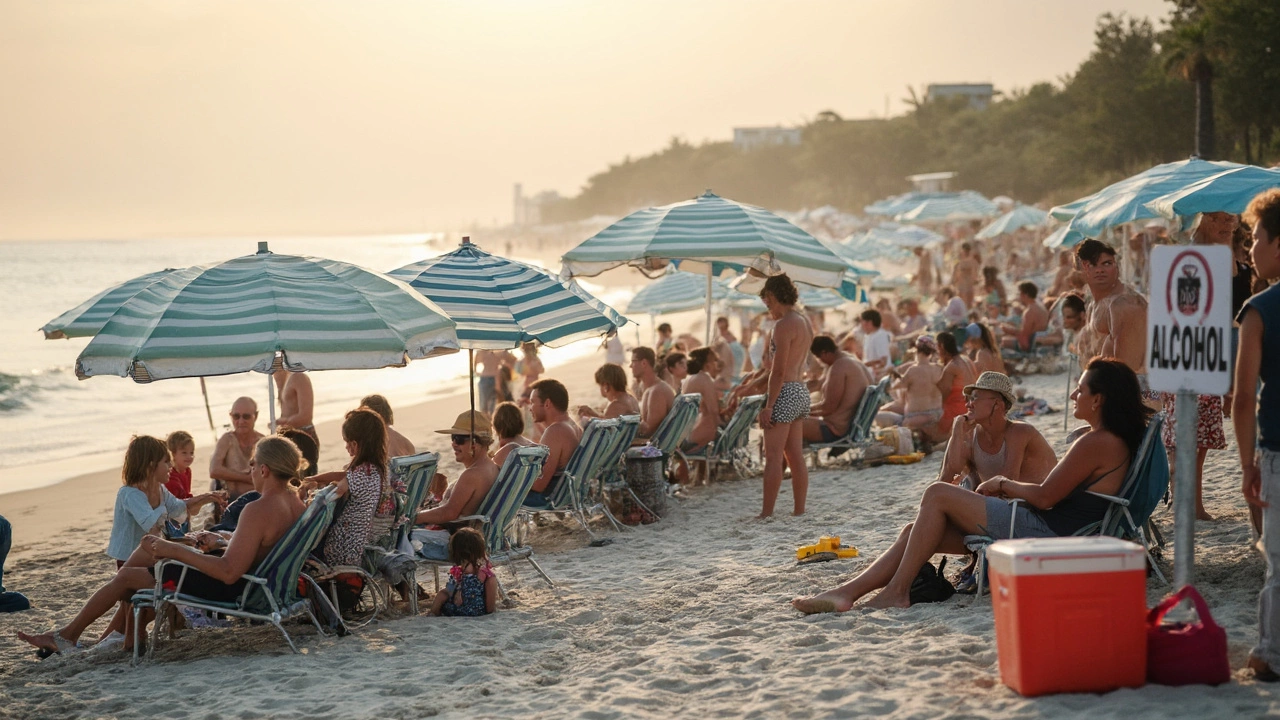Alcohol Rules You Must Follow on Your Camping or Motorhome Adventure
Planning a road trip in a motorhome or a night out at a campsite? Knowing the alcohol rules can save you from fines, hassle and unsafe situations. Below we break down the most common limits, where you can drink, and how to keep the fun going without breaking the law.
Where Drinking Is Allowed on Campsites and Motorhome Sites
Most UK campsites have a clear policy posted at the reception. They usually allow alcohol in the communal bar or restaurant area, but many forbid open containers in shared spaces after certain hours (often 10 pm). If you’re staying in a hard‑stand pitch with a private electric hook‑up, you can usually bring a bottle inside your vehicle, but be mindful of noise and neighbours. Always check the site’s rule sheet – a quick glance can prevent an unwanted eviction.
Driving After Drinking: Motorhome Specific Limits
Driving a motorhome follows the same road‑traffic limits as a car. In England, Wales and Northern Ireland the legal blood‑alcohol limit is 80 mg per 100 ml of blood, while Scotland’s limit is lower at 50 mg. Remember that a motorhome weighs more, so alcohol can affect your reaction time even more. If you’re unsure, use a portable breathalyzer before hitting the road. Better safe than sorry – a short break to rest can keep you and other road users safe.
Public land rules also matter. Wild camping on beaches or public parks often comes with stricter rules about alcohol. Some local byelaws ban drinking in protected coastal areas to reduce litter and disturbance. If you’re setting up a tent on a beach, keep the bottle hidden, pack it out, and respect any signs that say “no alcohol”. Violating a bylaw can lead to a fine of up to £100.
Another common scenario is motorhome holiday parks that offer on‑site pubs. These venues serve alcohol, but they usually require you to stay on the premises while drinking. Driving the vehicle while intoxicated is still illegal, even if you’re parked in the park. Some parks even have a “no‑driving after drinking” rule that applies to all vehicles on site.
What about sharing a drink with fellow travellers inside the motorhome? That’s fine as long as you don’t drive. If you plan to nap after a nightcap, make sure the engine is off, the parking brake is set, and you’re in a legal parking spot. Sleeping while the vehicle is moving is dangerous and illegal in many regions, especially if you’re under the influence.
For families traveling with kids, many campsites have age‑specific limits. Children under a certain age (often 12) may not be allowed to be in the same area where alcohol is consumed, especially if the venue serves hard drinks. Check the campsite’s family policy to avoid any awkward moments.
Finally, remember to pack responsibly. Bring sealed containers, use reusable bottles, and always have a plan for waste disposal. Some sites provide recycling bins for glass, but many require you to take your bottles back to a local shop. Leaving litter can result in extra fees or a ban from the site.
Bottom line: read the site’s rule sheet, respect local byelaws, keep your blood‑alcohol level below the legal limit when driving, and always think about safety first. With those basics in mind, you can enjoy a cold drink and a great trip without any unwanted surprises.
Is Alcohol Allowed on Edisto Beach? Rules You Need to Know
Planning a trip to Edisto Beach and wondering about bringing alcohol? This article breaks down the local rules about alcohol use on the sand, in campsites, and around Edisto Beach State Park. Get the facts, learn about what to expect from local law enforcement, and pick up some smart tips to keep your trip trouble-free.
